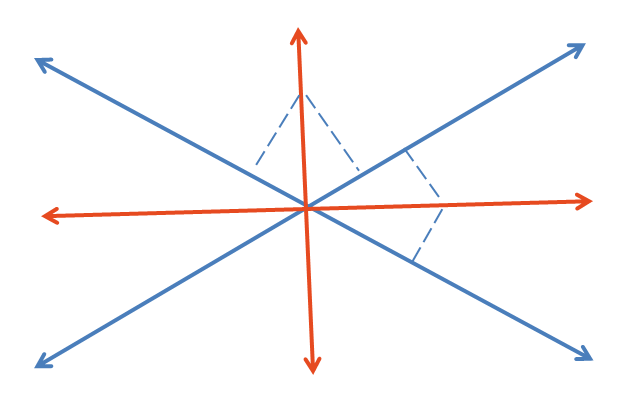One of the bisector of the angle between the lines a(x-1)^2 + 2h(x-1)(y-2) + b(y-2)^2 =0. is x+2y=5. The other bisector is ?
2 Answers
Given that one of the bisector of the angle between the lines
The given equation of the pair of sraight line
The other bisector will be normal to the given bisector and will pass through
This also passes through
So
Hence the equation of the other bisector will be
The other bisector is
Explanation:
Let us apply translation of coordinate axes using
which represents a pair of lines
Observe that the lines intersected at
Let us transform the equation of given bisector

Now as bisectors of angles are are ar right angles to each other, slope of other bisector is
Substituting
graph{(2x-y)(x+2y-5)=0 [-9.88, 10.12, -3, 7]}
Observe that we cannot have equations of original pair of intersecting lines as tere could be infinite possibilities.

